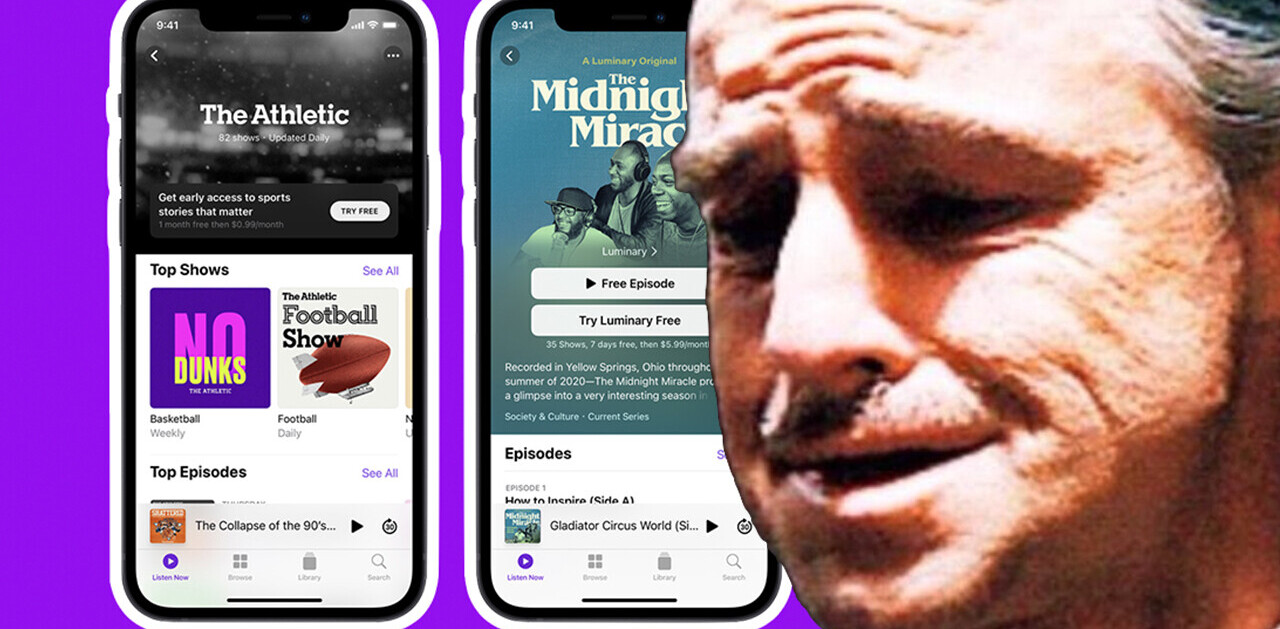
If you are in the thick of rolling out a subscription business model, it’s not news to you that you’ve just fundamentally changed your relationship with your customer. Where once you focused on lots of one-and-done transactions to drive quarterly revenue growth, now you need to optimize long-term relationships and boost average customer lifetime value (CLTV) across the entire subscription business lifecycle.
I know that’s a tall order, but the path to success is straightforward.
For me, the key is to leverage the massive volumes of data produced throughout your subscribers’ lifecycles — from acquisition to renewal — and transform all the data into actionable insights for every employee engaging with your subscribers.
To do the latter, you have to marry the varied subscription data set with AI and machine learning (ML) methodologies. Tightly choreographed streams of data and insights derived from multiple interactions over time give your team the information to help your subscriber feel their needs are understood and they are connected to your brand promise.
Essentially, a subscription relationship is a continuous dance with your customer and the data is your instructor.
There are several important steps to this dance — from attracting new customers, to retaining them, to renewing them — and perfecting those steps is no small feat.
You’ll see that subscription business models touch every key business function from marketing, product development, sales, supply chain, service, customer success, and finance. With this model, no employee can be left out of the relationship and no business process or system can be left untouched.
So let’s break down the five steps of this all-important dance:
1. Acquisition
I find it helpful to view acquisition as asking someone to dance, the courtship of a new relationship. That’s why it’s incredibly important you make sure that whoever connects with the customer first on your behalf puts their best foot forward.
You’re being judged from the first click, call, or advertisement by potential subscribers who are assessing your product, comparing your pricing and packaging, and reading peer reviews to see if they are interested. Consumers today have a lot of options, so you need to be crystal clear about your intentions.
Information about what you’re offering needs to be current and represented correctly throughout whatever experience touches your customer first. You need to empower marketing, sales, and service associates with accurate real-time data on subscription pricing, packaging, and promotions to seal the deal.
However, also keep in mind subscribers sometimes want a little space from brand representatives. That’s why I encourage you to ensure that website content is reflective of the latest and greatest pricing models and deals that your employees are armed with, as it will allow those customers to make their own choices.
In a nutshell, marketing, sales, service, and commerce all need access to accurate subscription pricing, packaging, and bundling from across your systems — and they need to be in sync with each other, so they aren’t stepping on each other’s toes (see how the choreography analogy comes in?).
2. Billing
Flexible billing — the keyword here being: flexible — is your strategic weapon for subscriber acquisition and also ongoing income and retention. To be flexible in a relationship means you’re open to new ideas, different ways of doing things, novel adventures, and different life experiences.
All joking aside though, flexible billing is innovative marketing when it comes to subscriptions. It allows you to offer multiple pricing strategies to attract subscribers with different preferences like usage-based billing, recurring charges, discounts, tiered options, and virtual currencies.
At the heart of a flexible billing strategy is — you guessed it — data! Automated invoice creation, tax calculations, fraud detection, payment options, global currencies, variable payments, chargebacks, collections, revenue recognition, reporting, and customer portals all need to be securely stored and connected to customer data.
This includes subscriber payment, usage, contract, and billing information so that it can choreograph massive amounts of pricing, usage, and product data into a single unified process.
3. Retention
Okay, so you got ‘em at first sight with your magnificent acquisition experience and flexible billing strategy. Now the relationship is really high stakes, it’s time to hit the dance floor and prove you’re a worthy dancing partner.
Acquiring a new customer is five times more costly than retaining an existing one. The business case speaks for itself — there really is no escaping the importance of lifecycle data at this juncture.
Good use of subscriber lifecycle data can not only help you keep an eye on how well you’re serving customers but also how invested they are in your offering for the long-term.
The time to start churn prevention activities is from the moment a customer converts. By leveraging sales intelligence that can help you use all the data at your disposal — both first and third party — you can foresee if your subscribers are planning a mad dash for the exit.
AI and ML models consuming all that data can look across product usage patterns (total user, log-ins, time spent), interaction levels (average support calls per month, payment patterns), industry shifts (new competition, lower pricing), organizational changes (new C-suite), or new economic models (new round of financing, new product categories).
Subscription intelligence can help you predict and prevent subscriber churn; and even more importantly, recommend corrective action for historically similar churn indicators. AI-powered analytics can help implement an early warning system for your employees on the front lines.
For example, if someone in the accounting department notices a customer hasn’t paid on time for several billing cycles, they can pass on the information to someone in sales to explore. In turn, perhaps offering a new plan, billing options or other corrective actions to similar subscribers in the past can prevent churn.
The utility of data to keep a subscription business healthy is only as good as the businesses wherewithal to actually do something with the insight it yields.
4. Expansion
Let’s say you’ve nailed the retention part of the relationship and you’ve now got a loyal dance partner. Everything is going great. You’re in tune with the needs and moods of your subscribers because you’re leveraging all the data about how they are using your products.
Now is the time to think about spicing things up a little — and boosting revenue growth — with some new cross-sell and up-sell offerings that improve on what’s already working, adding a few new dance numbers to your routine. Or perhaps you dare to launch new product offerings or expand to new market segments or geographies.
Expansion and revenue growth on your current base is much easier if you are already using subscriber lifecycle data to listen to how customers are using your products and services — as well as what they aren’t using. Data gives you the insight to intelligently expand areas of operation to new products or packages, and new lines of business.
5. Success
This is what it’s all about at the end of the day: customer success. Success is what ultimately maximizes customer lifetime value.
Keeping a subscription relationship healthy and successful is all about enabling each part of the organization to contribute to the retention and renewal of the customer. Each part of the organization cannot operate with their own slice of data as customer communications over time would fracture into different unconnected messages.
As you roll out or optimize your subscription business model, imagine at every step how the entire communications process maps over the entire customer lifecycle. Think about how to build out a logical interaction model over time and at any time, across every point in your business.
Actively seek to connect data and processes around the subscription lifecycle to enable every employee in the business to become a retention specialist and have every communication contribute to the customer success. And, finally, enjoy the dance.
Get the TNW newsletter
Get the most important tech news in your inbox each week.




